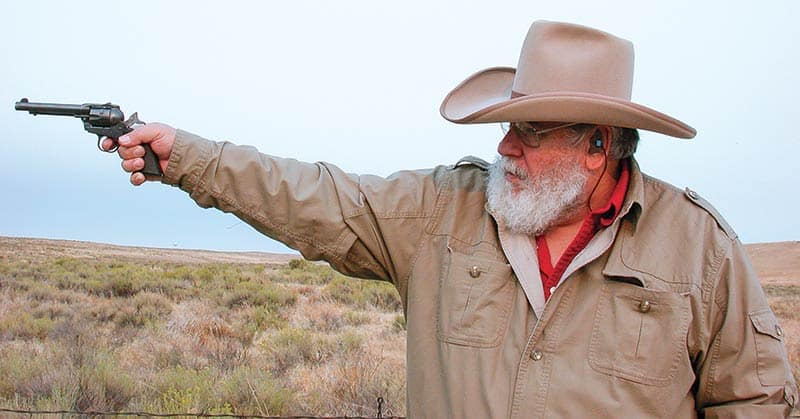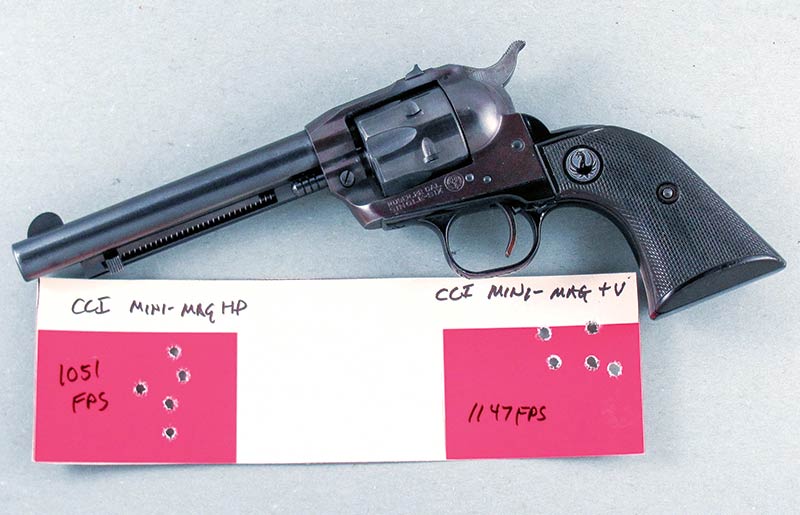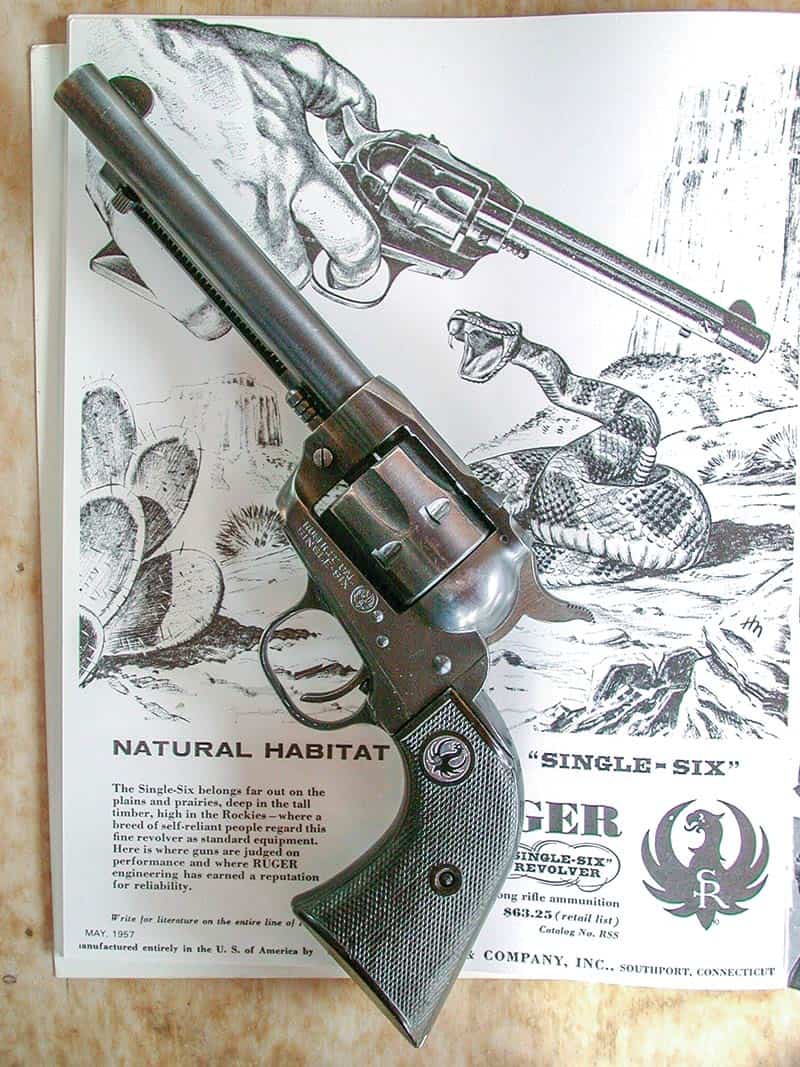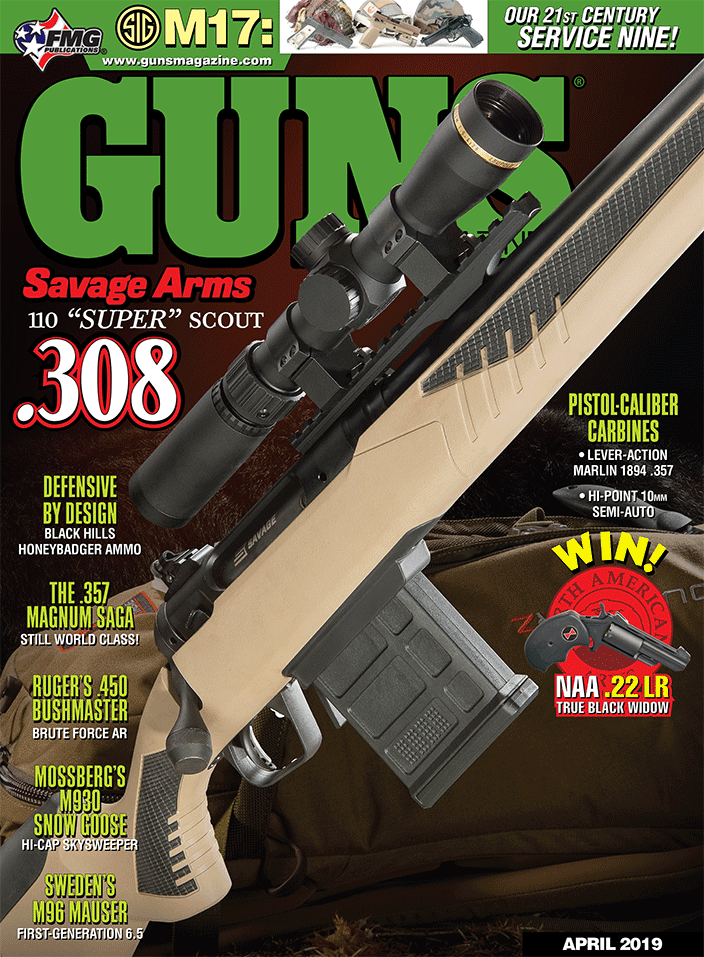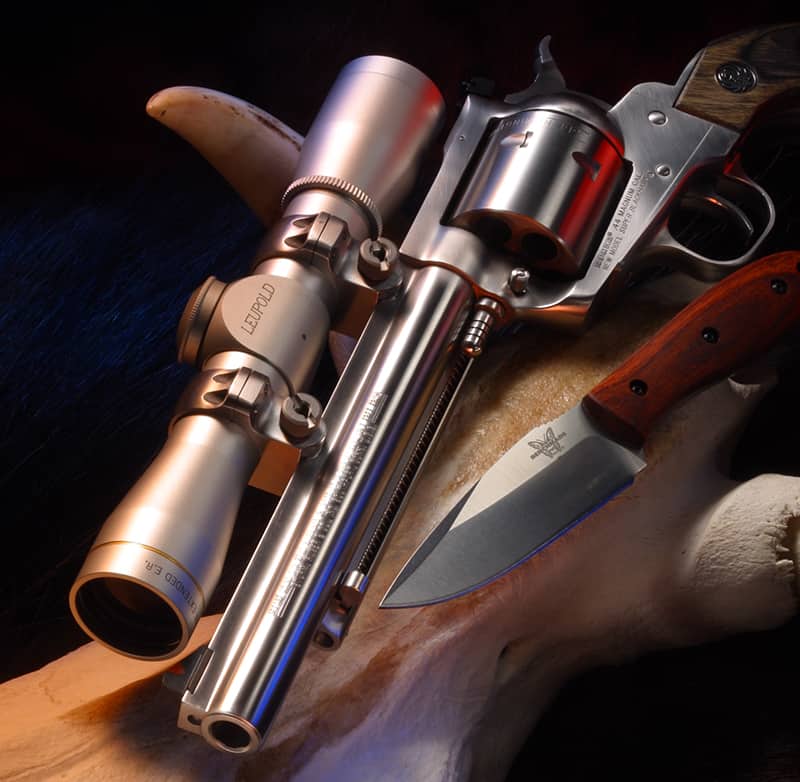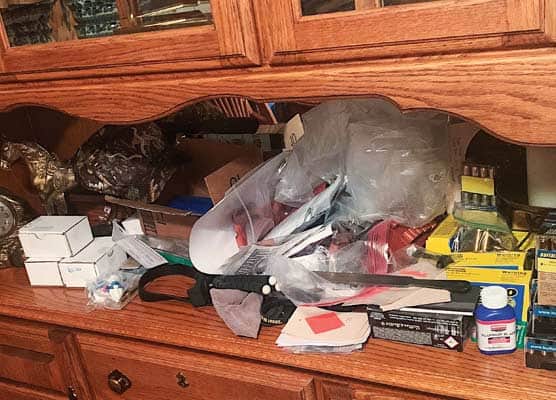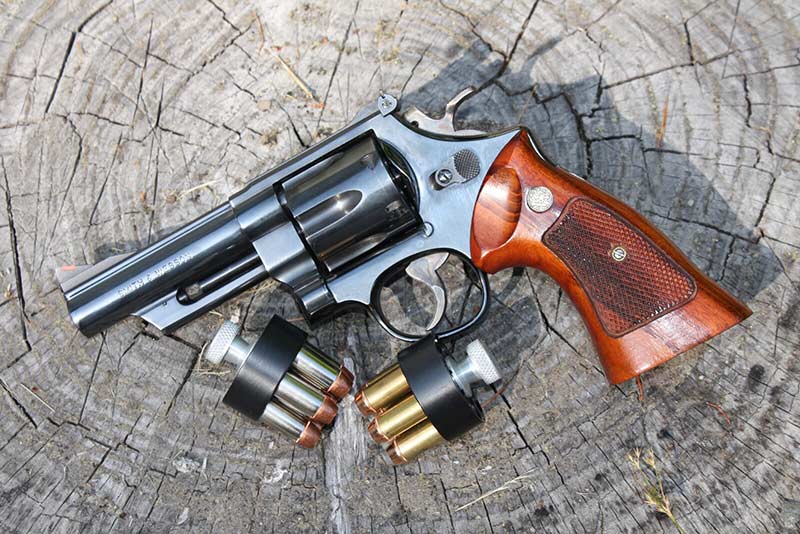The Single-Six
Right time, right gun … the rest is history
After I got the Marlin 39A Mountie I talked about last month, I soon wanted to add an appropriated companion piece — a really good .22 sixgun. A young fella on the East Coast was making a reputation as a gun builder with semi-automatic .22’s selling for less than a week’s pay but his new design beckoned to me even more.
It was a sixgun — a single-action sixgun resembling the ones I’d seen on the silver screen as I watched so many Saturday afternoon matinees featuring Johnny Mack Brown, the Durango Kid, Wild Bill Elliott, and of course, Hoppy, Gene and Roy.
Resurrecting History
In the early 1950s, the Colt Single Action Army had a great history behind it (emphasis on behind). Colt had stopped manufacturing the Model P in 1941 with no thought of ever producing it again. In fact, with the coming of the modern double-action revolver and the 1911 semi-auto pistol — both of which came before World War I — the Colt SAA was, in reality, dead long before the funeral was held on the eve of World War II.
Fortunately, history does not always ride a straight freeway but rather has a habit of taking strange twists and turns. The single-action sixgun may have been dead and buried in 1941, but it wasn’t going away. Television started to appear in the late 1940s and was pretty widespread by the early 1950s. Our family was poor as poor could be (we couldn’t even afford a church mouse!) but by 1950 we had a black and white TV sitting in the corner, cranking out hour after hour of old B Westerns from the 1930s.
The quality of both movies and TV were pretty mediocre but they created a demand for single actions. Bill Ruger knew in 1949 if he built a quality .22 semi-auto pistol, the crowds would come. Now four years later he combined the natural appeal of .22’s and Western movies and single-handedly resurrected the single action sixgun.
Ruger was savvy enough to bring out one that operated and felt like a Colt SAA. Instead of chambering the gun for an expensive-to-shoot centerfire cartridge, he scaled down everything but the grip frame to .22 size. The grip frame was virtually identical to the Colt SAA, and although the new Single-Six had the traditional loading gate and ejector rod for shuckin’ empties, the lockwork was redesigned to use all coil springs, eliminating the breakage-prone flat springs of the Colt.
The action was strong! At an NRA show, a Single-Six was hooked up to a machine that would continuously cock and dry fire the gun — ultimately the machine finally broke, not the revolver. Bill Ruger now had a second winner on his hands.
Ruger’s .22 Single-Six joined my Marlin .22 and became 50 percent of my modest battery along with a plain black George Lawrence No. 120 Keith holster and matching cartridge belt. I was in heaven. I had two great .22’s and time to enjoy them. I would hate to count the number of varmints falling to those .22’s over the years.
The Die is Cast
My first Ruger was purchased shortly after I graduated from high school in 1956. As I recall it cost $63.25 at a time when I was making 90 cents an hour. We worked a half a day on Saturday and then we grabbed our .22’s and headed to either Shell’s Gun & Archery Farm or Boyle’s Gun Shop. Both of these were wonderful places for guys to hang out because they not only had guns and ammunition but also an outdoor range.
On the way we’d stop at the Italian place and have either pizza or spaghetti and then off to shoot all afternoon. I still think about those Saturdays. Good friends, good food, good guns and good shooting. I’ve never lost my love for either great sixguns or great pizza.
My Single-Six was the first of dozens upon dozens upon dozens of Ruger single actions over the next 60 years. Within a few months of purchasing the first Ruger, I added a .357 Blackhawk and then a .44 Magnum Blackhawk. With the .22 I learned to shoot. With the .357 I learned to handload. With the .44 Magnum I learned I had a lot to learn about sixguns.
My first Single-Six was one of the early “Flat Gate” 5-1/2″ guns, so named because the loading gate was not contoured like a Colt, but just a flat that rotated to allow for loading and unloading. In those days I religiously cleaned it after every shooting session but I’ve learned in my older years this is not as critical as I once thought. Of course, as a teenager I was living in a humid climate. Ten years later I packed up the entire family into our 1965 Ford station wagon and headed to Idaho. Here the climate is much drier and I rarely have to clean a gun except to keep it functioning properly (thank you Elmer Keith for selling me on Idaho!).
Now after shooting I simply wipe the gun down and put it away. Once in a while a brass brush goes down the barrel and the area around the front and back of the cylinder needs to be cleaned of accumulated .22 crud. I no longer let cleaning interfere with my pleasure. If I could bottle the enjoyment I had from my first .22 sixgun and somehow spread it around the world, we’d be living in a much happier place.
Icons Endure
Now more than 60 years later I still have my original .22 Single-Six and I’ve added others. A few years after they started manufacture, Ruger replaced the flat gate with a properly contoured loading gate. Other barrel lengths were added — 4-5/8″, 6-1/2″ and 9-1/2″. Ruger introduced a .22 Magnum Single-Six in mid-1959. Regular .22 LR Single-Sixes had a bore diameter of .216 while the .22 WMR versions had a .223 bore diameter.
In 1960 a major addition occurred as Ruger started offering the Single-Six Convertible. Now the gun was set for double duty with the addition of a second cylinder chambered in .22 WMR, which offered rimfire rifle power in a revolver. For the Convertible, Ruger compromised on a bore diameter of .219.
Quite often I see posts on the Internet from shooters complaining either the .22 LR or the .22 WMR cylinder will not shoot accurately. I’ve been shooting my Convertibles for nearly 60 years and have yet to find one with one cylinder or the other which wouldn’t shoot accurately. Just as with any .22 LR or .22 WMR sixgun, semi-auto or rifle, it requires effort to find the right load.
I’ve always figured it may take as many as 10 different .22 LR loads and at least five different .22 WMR loads run through a particular gun before I know whether or not it’s going to shoot. They may not all work to my satisfaction, but I’ll eventually find the right one!
